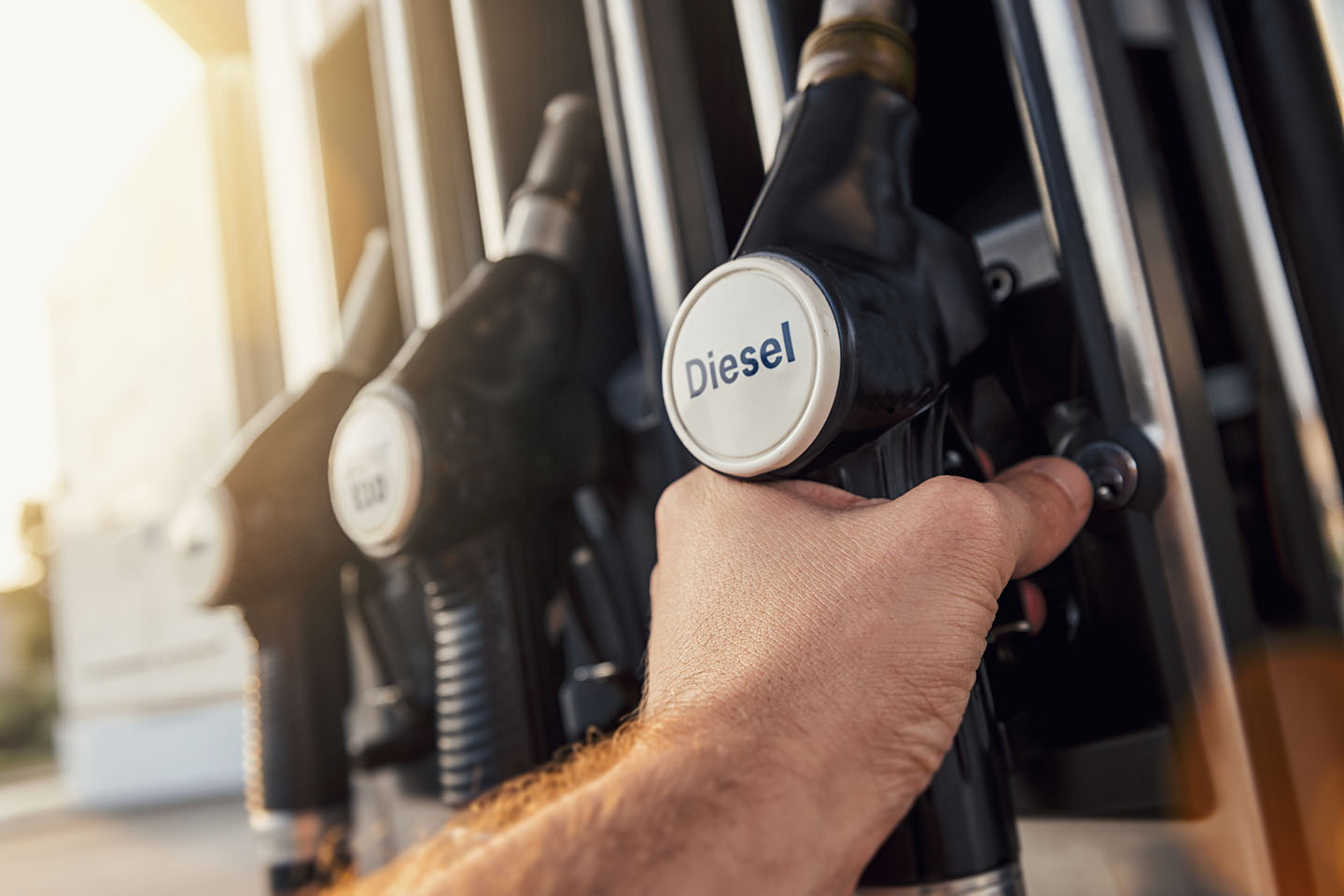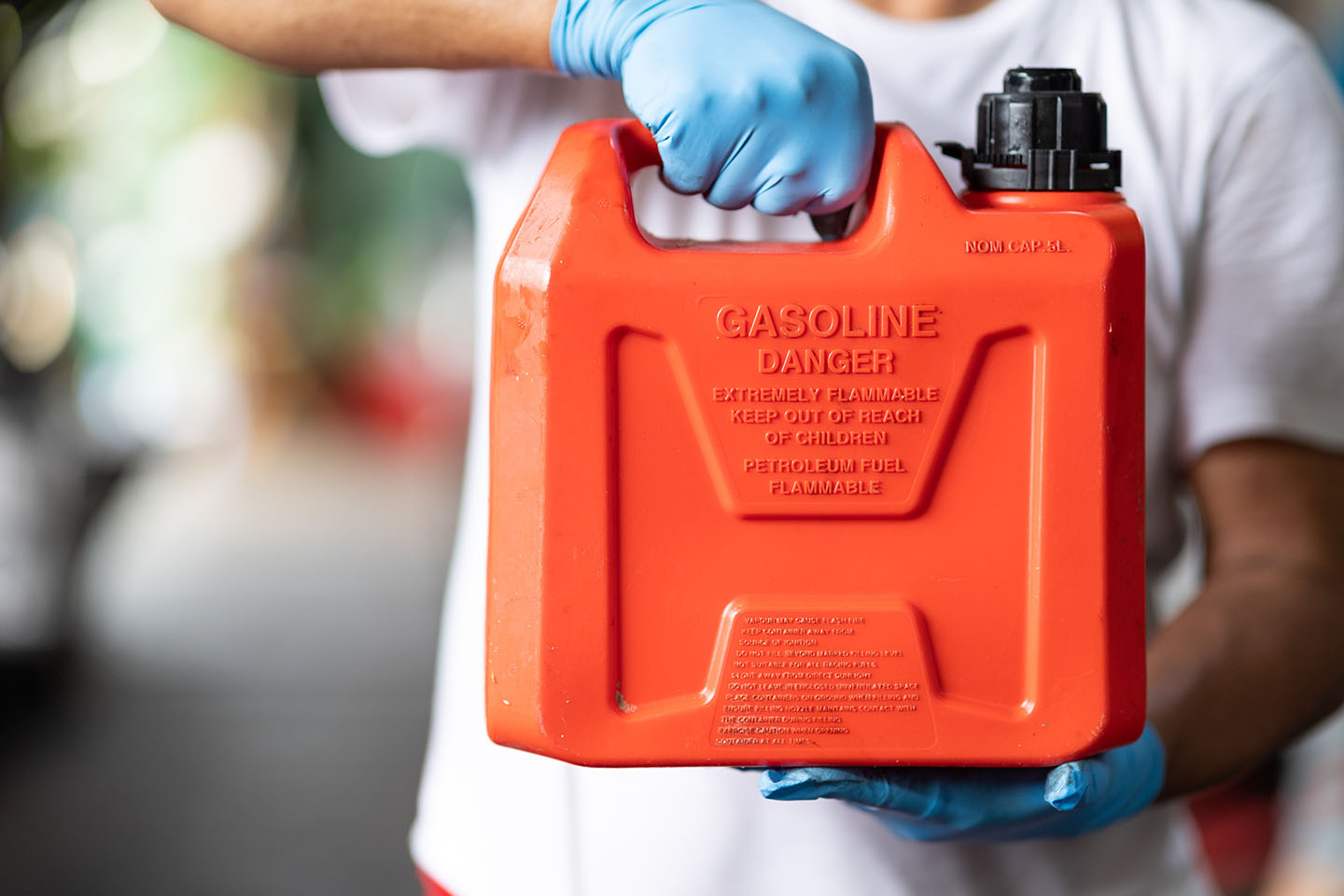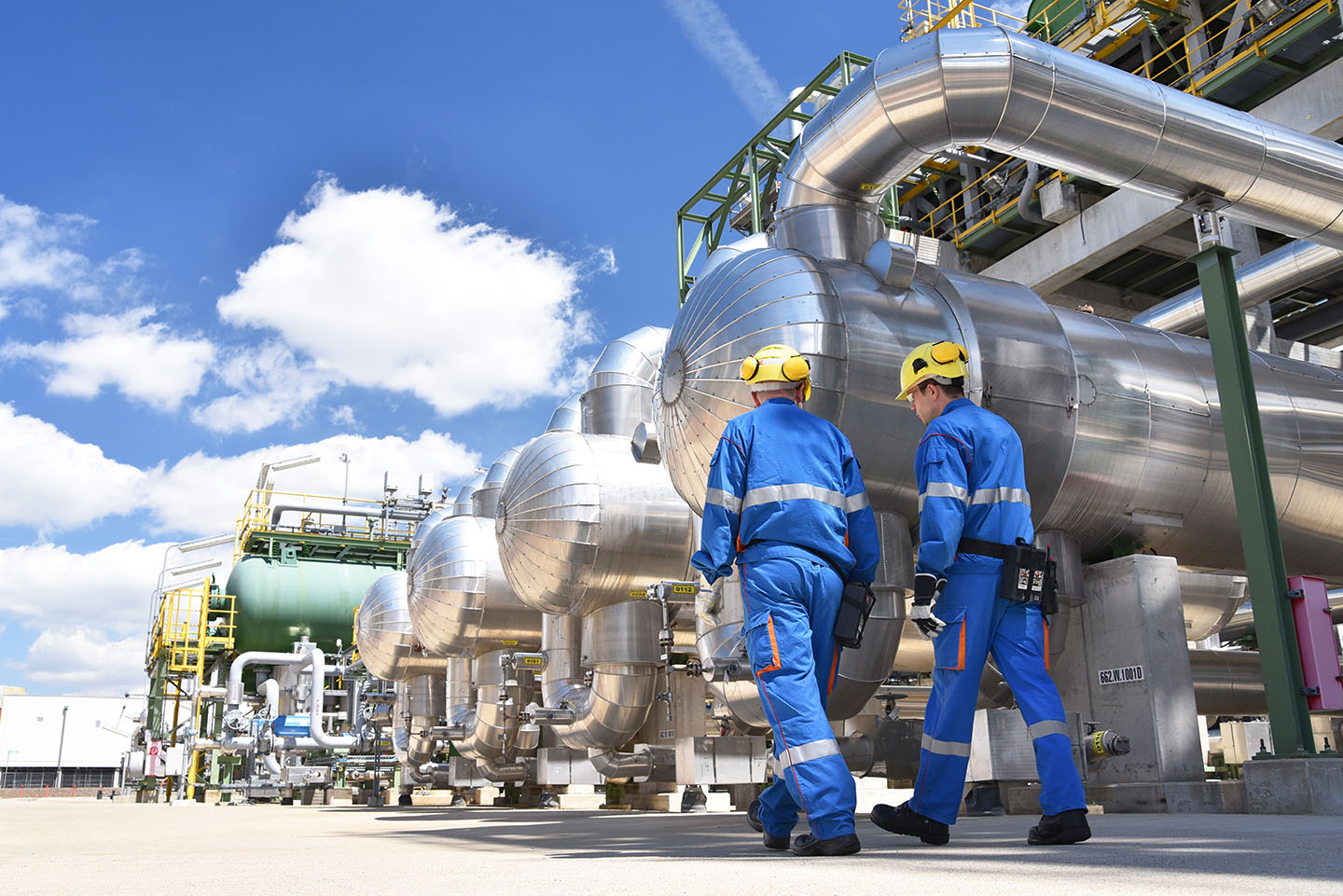What Is Ultra-Low Sulfur Diesel?
Jan 17th 2024

r.classen / Shutterstock.com
Today’s diesel fuel contains far less sulfur than it used to. Why? Modern heavy-duty engines have emissions-reduction technology that’s vulnerable to sulfur. They use complex systems to limit their environmental impact, and using sulfur on a new diesel is like pouring kryptonite into your Superman engine. Burning sulfur also releases harmful pollutants into the atmosphere that harm our health, so it only makes sense that the Environmental Protection Agency (EPA) would limit the amount of sulfur we put into our engines. However, reducing sulfur can lead to other problems under the hood. Learn why and how ultra-low sulfur fuel diesel became the preferred choice for diesels and how it affects your fuel system.
What Is Ultra-Low Sulfur Diesel?
Ultra-low sulfur diesel (ULSD) is a clear combustible fuel that contains 15 parts per million or lower sulfur. According to the U.S. Department of Energy, ULSD contains 97% less sulfur than low-sulfur diesel (LSD). It is the recommended fuel type for diesel vehicles made after 2007. So, how did we get here?
It started back in the 1970s with the passage of the Clean Air Act, intended to limit harmful emissions from internal combustion engines. What is diesel, and how does it affect the atmosphere? As the government collected more information on the environmental impact of burning fossil fuels, the EPA amended the legislation in the 1990s to limit emissions of various toxins polluting the air supply, including hydrocarbons, carbon monoxide, nitrogen oxides, sulfuric oxide and particulate matter. Burning sulfur is a leading contributor to emissions. In 1994, the agency reduced the sulfur content of diesel fuel to 500 ppm.

Quality Stock Arts / Shutterstock.com
Regulators introduced new emissions reduction requirements to decrease the spread of these pollutants, including exhaust gas recirculation (EGR) systems and selective catalytic reduction (SCR), but these parts can easily be damaged by sulfur. The law was revised again in 2001 under the 2007 Heavy-Duty Highway Diesel Program to reduce the sulfur content to 15 ppm.
The Benefits of Ultra-Low Sulfur Diesel
Switching to ULSD has changed diesel technology for the better. Reducing the sulfur content significantly reduces the amount of sulfur dioxide emissions. Exposure to these toxins can lead to respiratory and cardiovascular problems. The low sulfur content also paved the way for new emissions reduction systems that reduce particulate matter by 95%. ULSD is also safe to use on diesels made before these requirements were enacted, making it a safe, reliable choice for most drivers.
The Problems with Ultra-Low Sulfur Diesel
Reducing the sulfur content is great for the environment, but it changes the chemistry of the fuel and how it’s burned. Hydrotreating reduces the sulfur content of the fuel, but this process comes at a price, increasing the cost of diesel fuel by five to seven cents per gallon. Refineries spent billions upgrading their equipment to meet the requirements. The process also diminishes fuel efficiency by around 1% while reducing lubricity, which can lead to additional wear and tear.

industryviews / Shutterstock.com
ULSD is more conducive to water than LSD, increasing the risk of corrosion. The water can damage the fuel injectors and fuel pump, leading to even worse fuel efficiency and less power. Replace the diesel fuel system on aging systems to keep the fuel flowing.
Leaving fuel in the tank for too long and exposing it to extreme temperatures can lead to water separation and condensation, spreading rust through the tank and fuel system. Treating the fuel with a fuel additive and storing surplus fuel in a climate-controlled room will offset these effects.
It also tends to gel more quickly in cold weather for longer start times. The same can happen when the fuel overheats. Excess temperatures cause waxy crystals to form in the fuel, leading to more clogs. Monitor and maintain your diesel coolant system to prevent these deposits from damaging the engine.
Be sure to use ULSD on any diesel truck model year 2007 or later. Look for the ULSD label every time you refuel to avoid damaging the engine. This fuel is better for the environment and helps us all breathe more easily. Keep these maintenance tips in mind to make ULSD work for your engine.
